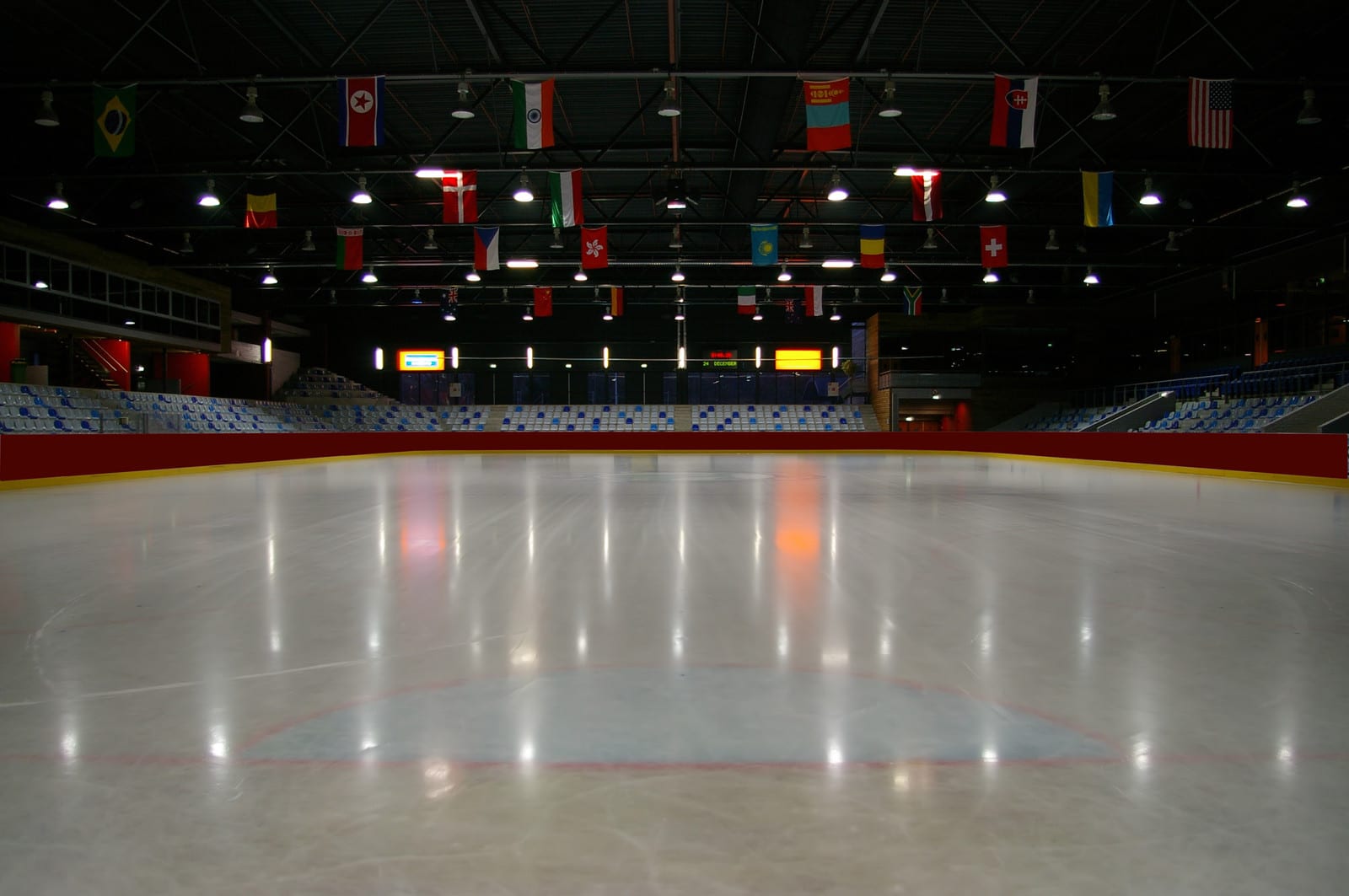Has your Olympic fever subsided? I sure hope so, considering the 2014 Winter Games have come and gone.
Apart from the hotel debacles and subpar facilities, the Russian venue also had to deal with a challenge courtesy of nature: warm weather. Snow makers were on call in Sochi, as folks sun-bathed in the Olympic village. How, then, did the ice rinks fare? 
For one, lots of pipes were pumping to keep the ice at a steady 26 degrees while dehumidifiers were working to keep temperatures at around 63 degrees in the arena itself. These are the ideal numbers, Don MacMillan tells HowStuffWorks. As ice supervisor at PNC Arena (home to NHL team Carolina Hurricanes), MacMillan knows a thing or two about maintaining an ice rink, but what does MacMillan do if a pipe bursts beneath the ice or those dehumidifiers stop working?
The Equipment
Indoor ice rinks essentially operate in the same way as a refrigerator. The parts are generally the same: a compressor, heat exchanging pipes and an expansion valve. Instead of using refrigerant (the liquid that evaporates inside the refrigerator to create the cold temperatures) though, rinks cool brinewater (a calcium chloride solution) to pump through the pipes beneath the ice.
Because pipes lay beneath the ice, it can be hard to pinpoint a problem right away. A blueprint of the space is crucial for technicians, but usually a layer or two of the ice must be removed in order to identify the problem pipe, according to North Carolina-based company Rink Specialists. The idea of losing revenue by removing ice layers and the man-hours it takes to get to the problem pipe and fix it causes many rink owners to ignore a problem until it becomes worse and, ultimately, more expensive.
The Service
The Rink Specialists generally consult over the phone with each rink manager before diagnosing the problem. An understanding of manufacture and age of pipes is important for diagnostic purposes. Other common culprits include accelerated installations, improper fluid mixtures, bad welding and components constantly attacked by corrosion, air and other contaminants, say the Specialists. Generally removing the surface and replacing the pipe or just eliminating corrosion can fix the problem.
Once the pipes are fixed, the layers of ice are carefully replaced. According to HowStuffWorks, a crew will use 12,000 to 15,000 gallons of water to resurface the ice above the pipes. The first few layers are set and very thin before the final and thickest layer is laid to freeze.
“We put on 500 to 600 gallons per hour until the remaining layer is complete,” MacMillan says. “That means 15 to 20 hours (1 hour/500-600 gallons) for that final layer. Each of those layers is allowed to freeze before we put the next 500 to 600 gallons on. The less water you put on the floor at one time, the better your ice will be.”

Share this: